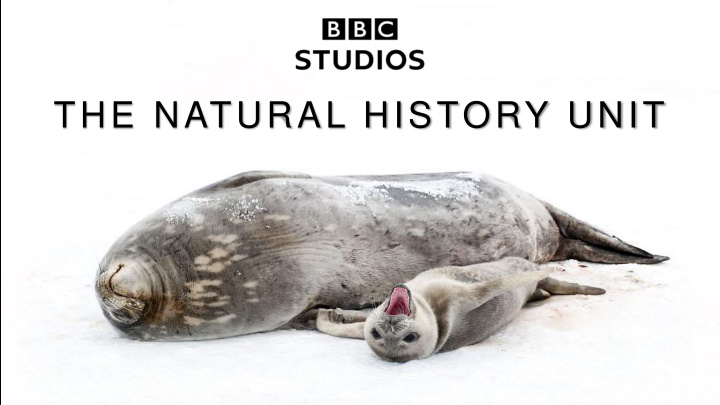



THE NATURAL HISTORY UNIT
Previous landmarks: 500,000,000 people
1. A new story with a less well-known or rare animal (a new animal is gold dust!) 2. A new or unusual story with a top species (e.g. bears, foxes, reindeer, eagle, etc) 3. A spectacle (e.g. breath-taking landscapes, animals collected in numbers, or places showing dramatic change)
Key elements of a potential exciting story: 1. Characterful, spectacular or emotional (funny/ sad/ heroic) 2. Visible – what will we see
A C O N T E M P O R A R Y P O R T R A I T O F A C H A N G I N G W O R L D 6 x 1 h o u r e p i s o d e s F O R 2 0 2 1
1 . I N T R O D U C T I O N T O T H E C R Y O S P H E R E
2 . A R C T I C
3 . T U N D R A & TA I G A
4 . P E A K S & P L AT E A U S
5 . A N TA R C T I C A
6 . O U R F R O Z E N P L A N E T
1. How is climate changing in the Arctic? 1. How is this change effecting local activity? 2. How can both indigenous knowledge and science help understand what is happening? 1. Are animals changing their behaviour? Have you noticed new behaviours in the last few years/ decades?
Thank You William.lawson@bbc.co.uk Sarah.titcombe@bbc.co.uk
Recommend
More recommend